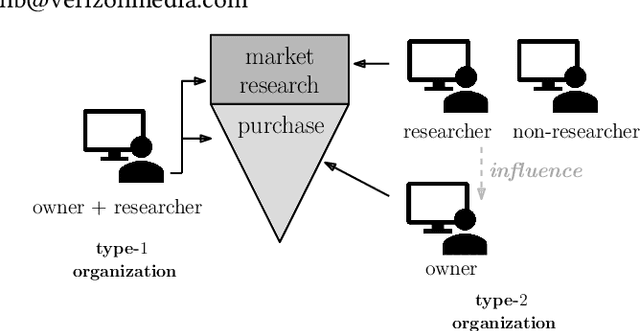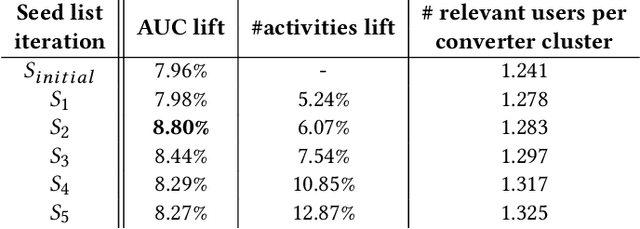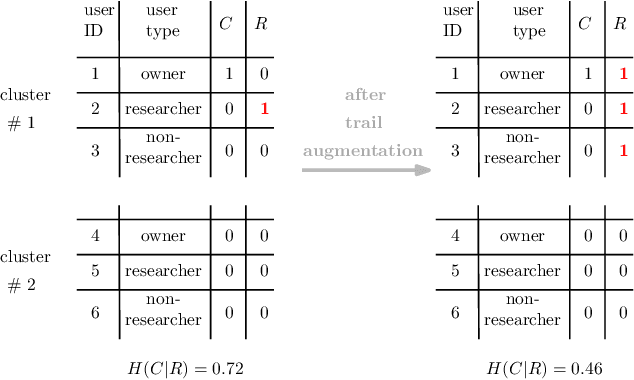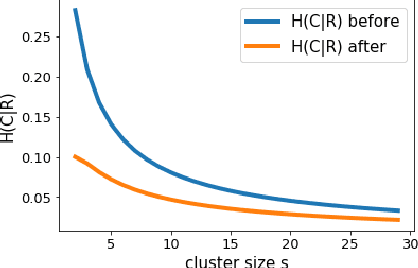Jelena Gligorijevic
Time-Aware Prospective Modeling of Users for Online Display Advertising
Nov 12, 2019



Abstract:Prospective display advertising poses a great challenge for large advertising platforms as the strongest predictive signals of users are not eligible to be used in the conversion prediction systems. To that end efforts are made to collect as much information as possible about each user from various data sources and to design powerful models that can capture weaker signals ultimately obtaining good quality of conversion prediction probability estimates. In this study we propose a novel time-aware approach to model heterogeneous sequences of users' activities and capture implicit signals of users' conversion intents. On two real-world datasets we show that our approach outperforms other, previously proposed approaches, while providing interpretability of signal impact to conversion probability.
Learning from Multi-User Activity Trails for B2B Ad Targeting
Aug 29, 2019



Abstract:Online purchase decisions in organizations can go through a complex journey with multiple agents involved in the decision making process. Depending on the product being purchased, and the organizational structure, the process may involve employees who first conduct market research, and then influence decision makers who place the online purchase order. In such cases, the online activity trail of a single individual in the organization may only provide partial information for predicting purchases (conversions). To refine conversion prediction for business-to-business (B2B) products using online activity trails, we introduce the notion of relevant users in an organization with respect to a given B2B advertiser, and leverage the collective activity trails of such relevant users to predict conversions. In particular, our notion of relevant users is tied to a seed list of relevant activities for a B2B advertiser, and we propose a method using distributed activity representations to build such a seed list. Experiments using data from Yahoo Gemini demonstrate that the proposed methods can improve conversion prediction AUC by 8.8%, and provide an interpretable advertiser specific list of activities useful for B2B ad targeting.
 Add to Chrome
Add to Chrome Add to Firefox
Add to Firefox Add to Edge
Add to Edge